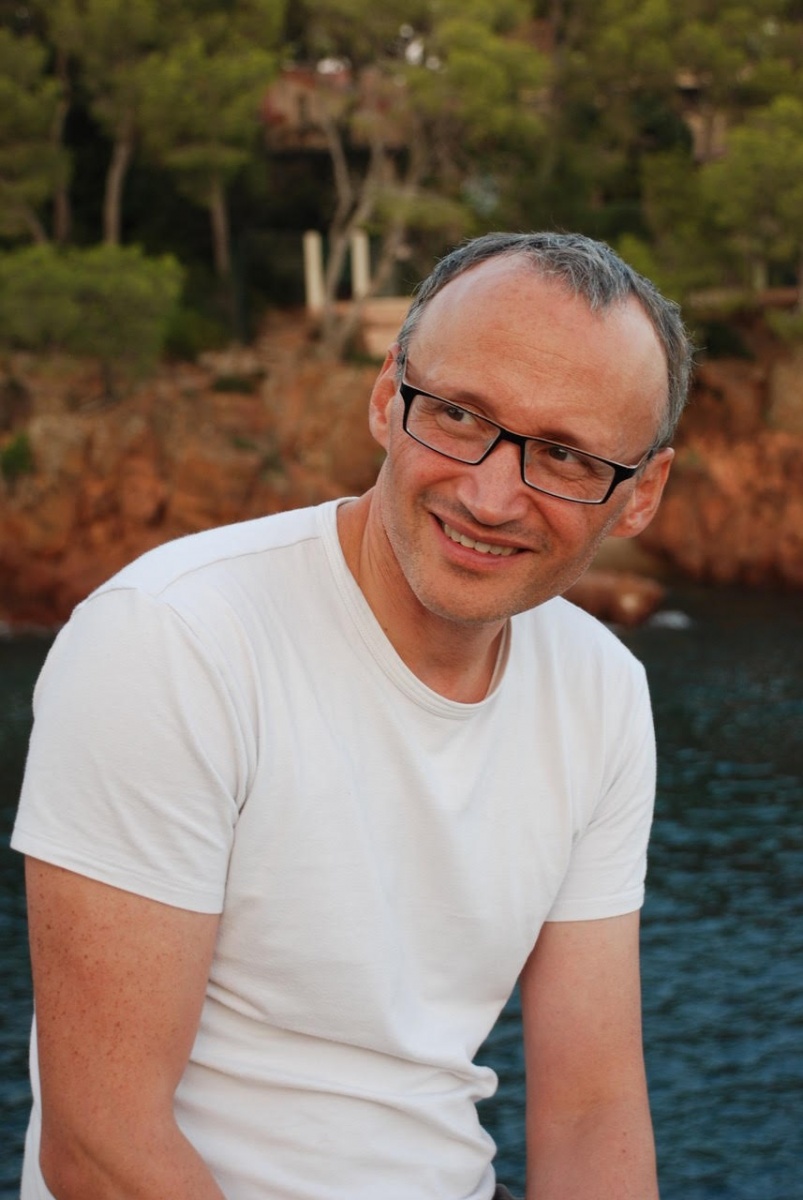In memory of François Rémi Carrié

 AIVC received the sad news that our dear colleague and friend Rémi Carrié passed away on September 11, 2022, after a long illness. Rémi has contributed immensely to the AIVC throughout his professional life. His death represents a great loss for the building science community.
AIVC received the sad news that our dear colleague and friend Rémi Carrié passed away on September 11, 2022, after a long illness. Rémi has contributed immensely to the AIVC throughout his professional life. His death represents a great loss for the building science community.
He was a pleasant, kind, thoughtful, courteous and modest person and a consummate professional. Working with him was always a pleasure and all of us share a great respect and gratitude for his inspirational work over the years.
Rémi was a Haitian, born in Bagdad, who grew up in Afghanistan & Cape Verde. At the age of 7 he came to France and got the French nationality. He completed his engineering studies in ENTPE-Lyon where he met his wife, Nicole. They moved together to California to do their PhDs at Berkeley. Some years later they had their two daughters, Hanaé and Philaé.
He dedicated the first decade of his professional career to work on the impact and the reduction of air leaks in ductwork. He did both the theoretical and experimental investigation of aerosol deposition on slot and joint-type leaks, which eventually led to him sharing the process patent used by a company of 200 employees. (He loved differential and dimensionless equations being one of the few people able to understand these at a glance.) He came back to France, as a researcher at ENTPE, but still doing round-trips to Berkeley to work with his team there.
After that, his efforts focused on raising awareness on the importance of ductwork airtightness in Europe, and in 2000 he was a key partner of the Save Duct project “duct leakage in European buildings status and perspectives”. The graph showing a comparison of ductwork airtightness performance in France, Belgium and Sweden had been the primary reference for almost 20 years on this topic. Later on, the Airways project was launched providing design guidance for efficient air duct systems and bringing to light the energy saving opportunities in parallel with health, safety and comfort issues.
In 2002, he became head of the “building” division at CETE de Lyon, and he was immediately acknowledged by his team as leader. Indeed, his scientific knowledge and his kindness were unquestioned. In CETE de Lyon, he extended his work to the impact of building and ductwork airtightness, not only on energy use, but also on airflow patterns, indoor air quality and acoustics. He was also a partner of the European project Asiepi.
He also worked on “shelter in place” strategies to protect people, living close to industrial plants, against accidental toxic releases. He and his colleagues developed a calculation tool and an air tightness measurement protocol to develop those shelters.
Once the importance of building airtightness was recognized, he started to work on how to implement good building airtightness (Mininfil project). He and his colleagues developed technical details to help craftsmen implement building airtightness.
As one of his major achievements, he made mandatory air tightness tests happen in the French regulation RT2012. Not only was he the leader of the working group that implemented the requirement in the regulation, but he developed the quality framework for airtightness testers and for the implementation of airtightness. He also made sure that every test performed by a qualified tester is recorded at a national database.
In 2011, he left the French ministry for construction, created his own company (ICEE) to become a consultant for INIVE. While in this position, he disseminated the importance of air tightness all over Europe, through the AIVC events and the Qualicheck project. He also created the Tightvent Airtightness Association Committee, which gathers experts in the field. He produced multiple publications to compare energy policies, standards and regulations regarding building and ductwork airtightness to promote and improve air tightness tests.
In the meantime, he got involved in the standardization process as the convenor of the working group “Inspection” of the technical committee “Ventilation”, following the motto of the AIVC “build tight, ventilate right”. He was also involved in the huge standardization process following the EPBD directive and the mandate M480, with the task of reviewing EN 16798-7 and EN 16798-17.
Starting in 2015, he dedicated his skill in Mathematics and Python to better understand and reduce the uncertainty in building fan pressurization tests. He also served as PhD supervisor and even in sickness he continued his research with his last publication only a few months ago in Energy and Buildings, which is a masterpiece.
He is the author and co-author of no less than 76 publications on the AIVC Airbase and 22 publications in peer-reviewed journals. Not only has he made great scientific achievements, but he also gave birth to “professional kids”. He contributed at world scale to reduce buildings’ energy use and improve indoor air quality, the great challenges of today's world. Rémi has left us, but his scientific legacy won’t and we will make sure his research continues to be useful.
We will all miss him dearly.




